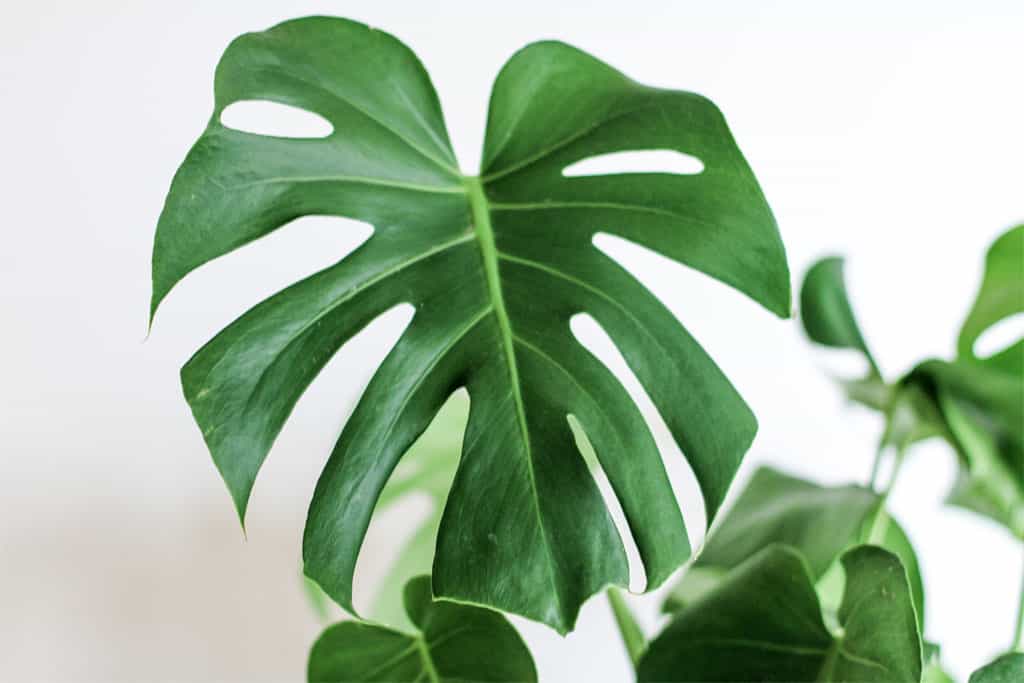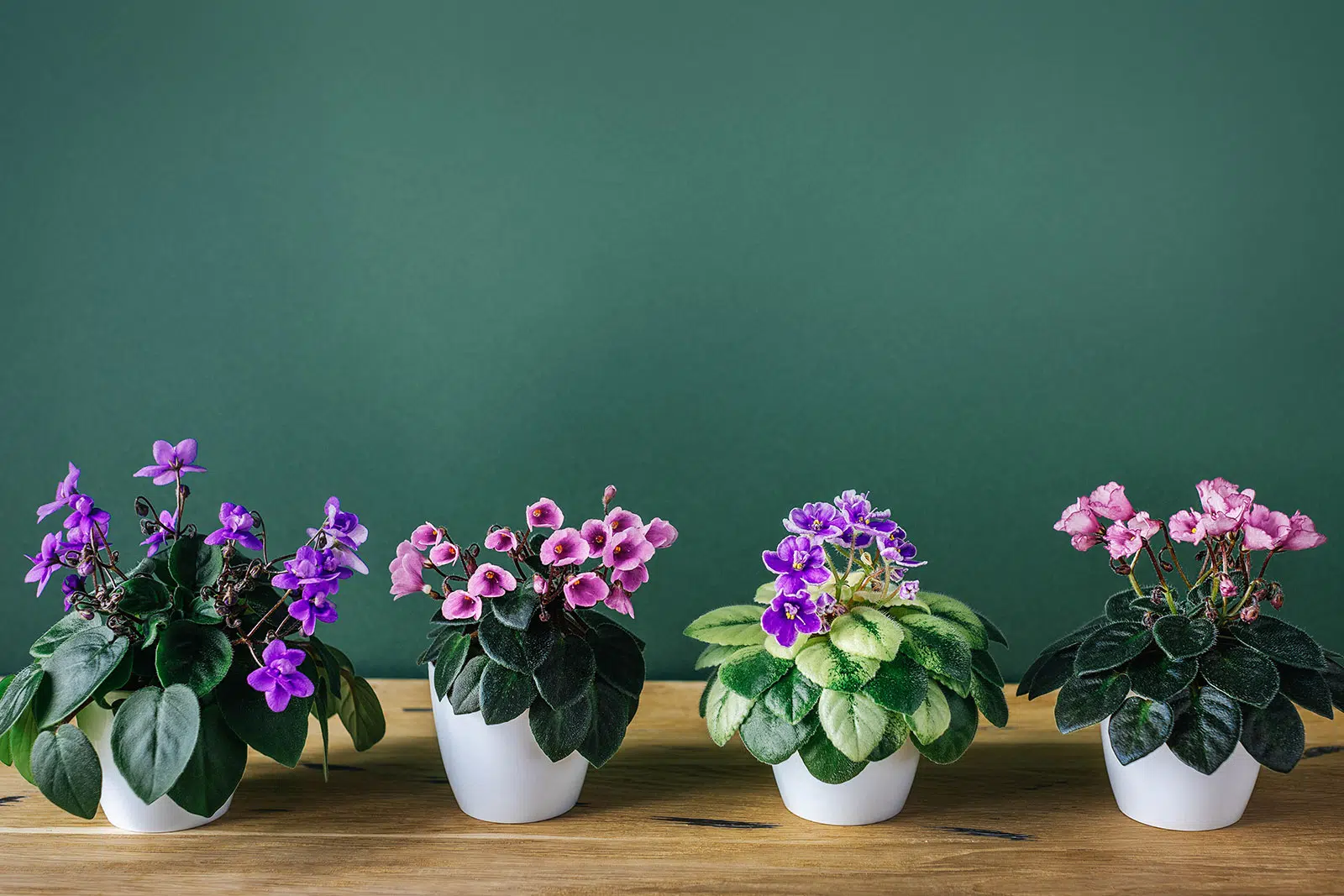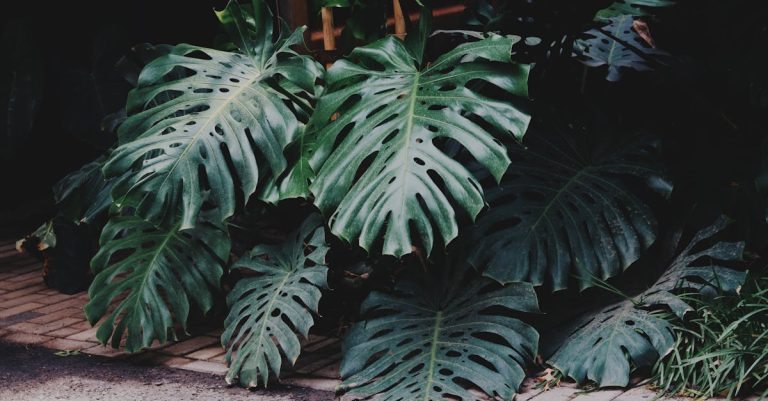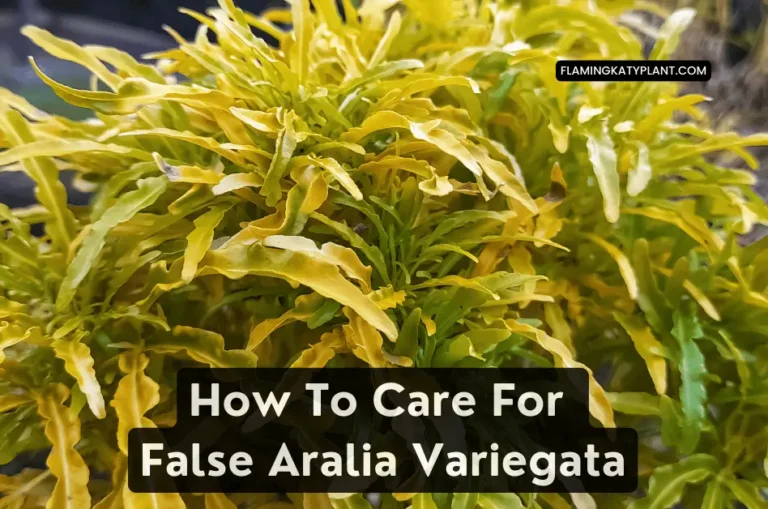How To Care For Split-Leaf Philodendron (Monstera deliciosa ‘Borsigiana’)
How to Care for Split-Leaf Philodendron (Monstera deliciosa ‘Borsigiana’): A Detailed Guide
Monstera deliciosa ‘Borsigiana,’ commonly known as Split-Leaf Philodendron or Swiss Cheese Plant, is a popular houseplant known for its large, glossy leaves with unique splits and holes. Native to the tropical forests of Central America, this plant is relatively easy to care for and can add a touch of the tropics to your indoor space. Here’s a comprehensive guide to help you care for your Split-Leaf Philodendron and keep it thriving.
1. Light Requirements
Monstera deliciosa ‘Borsigiana’ thrives in bright, indirect light but can tolerate lower light conditions. Too much direct sunlight can scorch the leaves, while too little light can slow growth and reduce leaf fenestration (the development of splits and holes). Place your plant near an east or west-facing window where it can receive filtered light. If your home has low light, consider using fluorescent or LED grow lights to supplement natural light.
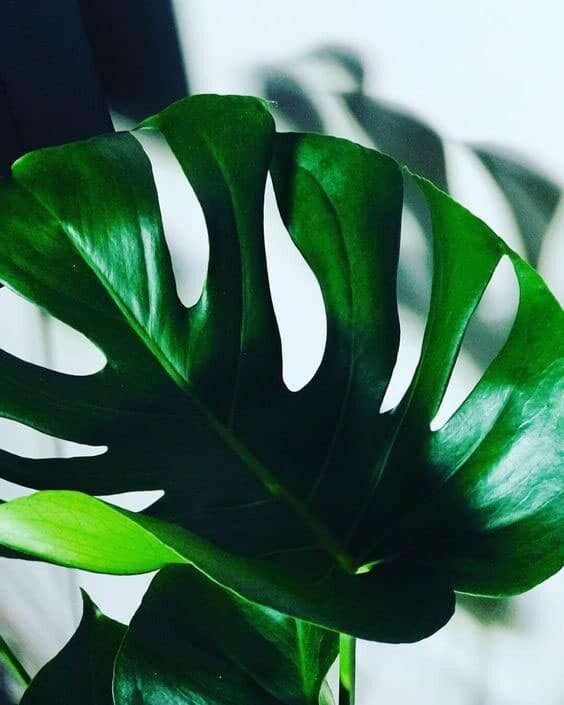
2. Watering
Water your Monstera when the top inch or two of soil feels dry to the touch. These plants prefer evenly moist soil but are susceptible to root rot if overwatered. Ensure the pot has drainage holes to allow excess water to escape. During the growing season (spring and summer), you may need to water more frequently. Reduce watering in the fall and winter when the plant’s growth slows. Use room temperature water to avoid shocking the plant.
3. Humidity
Monstera deliciosa ‘Borsigiana’ prefers high humidity levels, ideally between 60-80%. If your home is dry, especially during winter, increase humidity by using a humidifier, placing the plant on a tray filled with water and pebbles, or regularly misting the leaves. Keeping the plant in naturally humid areas such as bathrooms can also be beneficial.
4. Temperature
Monsteras thrive in warm temperatures between 65-85°F (18-29°C). They are sensitive to cold drafts and sudden temperature changes. Keep the plant away from windows or doors that may have cool drafts and from heating or air conditioning vents. Monsteras can tolerate temperatures as low as 55°F (13°C) but should be protected from frost.
5. Soil and Potting
Monsteras require well-draining, nutrient-rich soil. A good mix is one part peat moss or coco coir, one part perlite, and one part potting soil. Repotting should be done every 1-2 years or when the plant becomes root-bound, ideally in the spring. Choose a pot that is one size larger than the current one to give the roots room to grow. Monsteras also appreciate a moss pole or trellis to support their climbing nature.

6. Fertilizing
Feed your Monstera every 4-6 weeks during the growing season with a balanced, water-soluble fertilizer diluted to half strength. High-phosphorus fertilizers can encourage blooming, although Monsteras rarely flower indoors. Avoid fertilizing in the fall and winter months when the plant’s growth slows. Over-fertilizing can lead to a buildup of salts in the soil, which can harm the plant.
7. Pruning
Regular pruning helps maintain the plant’s shape and encourages bushier growth. Use clean, sharp scissors or pruning shears to trim back any leggy or overgrown stems. Pruning also helps improve air circulation around the plant. Remove any yellow or damaged leaves to keep the plant healthy. When pruning, always cut just above a leaf node to encourage new growth.
8. Propagation
Monstera deliciosa ‘Borsigiana’ is easy to propagate through stem cuttings. Take a cutting with at least one node and a few leaves, and place it in water or a moist soil mix. If rooting in water, change the water every few days to prevent stagnation. Once roots develop, transfer the cutting to a pot with well-draining soil. Keep the new plant in a warm, humid environment until it establishes new growth.
9. Pest and Disease Management
Monsteras can be susceptible to pests like spider mites, aphids, and mealybugs. Regularly inspect the plant for signs of pests, such as webbing, sticky residue, or visible insects. Treat infestations with insecticidal soap, neem oil, or by wiping the leaves with a damp cloth. Proper watering and good air circulation help prevent fungal and bacterial diseases. If you notice brown or yellow spots on the leaves, it could be a sign of overwatering or a pest infestation.
10. Leaf Care
The large leaves of Monstera deliciosa ‘Borsigiana’ can collect dust, which can interfere with photosynthesis. Clean the leaves gently with a damp cloth or sponge to keep them looking their best. Avoid using leaf shine products, as they can clog the pores on the leaves. Regularly check for signs of damage or disease and remove affected areas promptly.
Conclusion
Monstera deliciosa ‘Borsigiana,’ with its striking foliage and easy-care nature, can be a stunning addition to your indoor garden. By providing the right light, moisture, and environment, you can enjoy the beauty and growth of this plant for years. Regular maintenance, including proper watering, fertilizing, and pruning, will ensure your Monstera remains healthy and vibrant. Whether you are a seasoned gardener or a beginner, Monstera deliciosa ‘Borsigiana’ offers a rewarding and visually captivating plant care experience.

Conclusion
In conclusion, caring for Split-Leaf Philodendron (Monstera deliciosa ‘Borsigiana’) involves providing it with the right amount of sunlight, water, and nutrients. It is essential to place the plant in a well-lit area with indirect sunlight, water it regularly but allow the soil to dry out between waterings, and fertilize it monthly during the growing season. Proper pruning is also important to maintain the plant’s health and shape, ensuring that it continues to thrive and grow vigorously. Additionally, providing support such as a moss pole can help the plant climb and develop its distinctive split leaves. Overall, with proper care and attention, the Split-Leaf Philodendron can make a beautiful and impressive addition to any indoor space, bringing a touch of tropical elegance and lush greenery into your home.
